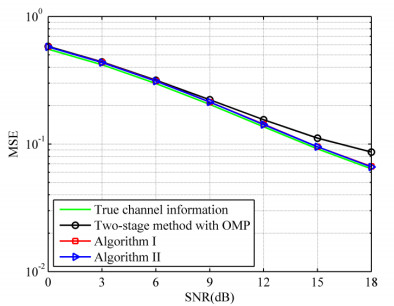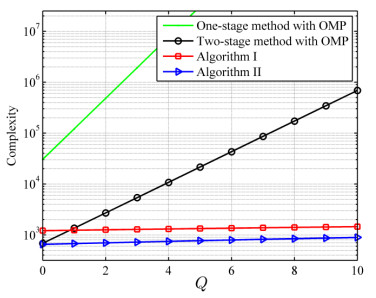To achieve high-speed and reliable communications in underwater mobile sensor networks of shallow water, the greatest challenge is from the channel. The shallow water mobile acoustic channel is often time-varying, and has significant multipath-Doppler doubly spread and strong ambient noise, which make it extremely difficult for the receiver to recover signals. So it needs to real-timely estimate and track the channel state information to compensate the effect of the poor channel conditions.
Most underwater acoustic channels have the natural sparse structure, which can be exploited in channel estimation. Here, researchers QIN Ye, YAN Shefeng, YUAN Zhuqing etc. from the Institute of Acoustics of the Chinese Academy of Sciences propose a novel a low-complexity method tailored for estimating and tracking sparse doubly spread channels in single-carrier coherent underwater acoustic communications.
With the help of the strategy of two-stage estimation, and the adaptive grid optimization technique, the new method can obtain an accurate estimate with quite low complexity. Besides, a channel tracking algorithm is also established, further reducing the complexity by taking advantage of the previous estimate.
Based on the discrete doubly-spread channel input-output model a low complexity two-stage channel estimation algorithm (Algorithm I) is adopted. The channel estimation is divided into two stages, the first for path delays, and the second for the corresponding residual Dopplers and gains.
In the first stage, the channel path delays are estimated iteratively via greedy searching over some adaptively optimized grids, which can dramatically reduce computational complexity. In the second stage, based on the estimated delays, the corresponding path residual Doppler factors are estimated iteratively with grid optimization as well, and the path gains are estimated one by one with the least squares method.
According to the reasonable assumption that the path delays change very little during a short period of time, a channel tracking algorithm (Algorithm II) is also established. It takes advantage of the previous frame’s estimation/tracking result, and updates each path’s delay on the new optimized grids. In this way, the complexity is further reduced.
Simulation results have demonstrated that the proposed method can achieve an identical performance with the existing two-stage method using othogonal matching pursuit (OMP, a greedy algorithm), but with far lower complexity.

Fig.1 SER(symbol error rate) performance comparison (Image by QIN Ye et al.)

Fig. 2 MSE (mean square error) performance comparison (Image by QIN Ye et al.)

Fig. 3 The curves of four algorithms’ complexities in relation to interation number Q (Image by QIN Ye et al.)
Reference:
QIN Ye, YAN Shefeng, YUAN Zhuqing, XU Lijun. Grid Optimization Based Methods for Estimating and Tracking Doubly Spread Underwater Acoustic Channels. OCEANS 2016-Shanghai. DOI: 10.1109/OCEANSAP.2016.7485477
Contact:
QIN Ye
Institute of Acoustics, Chinese Academy of Sciences, 100190 Beijing, China
Email: heuqin@163.com


